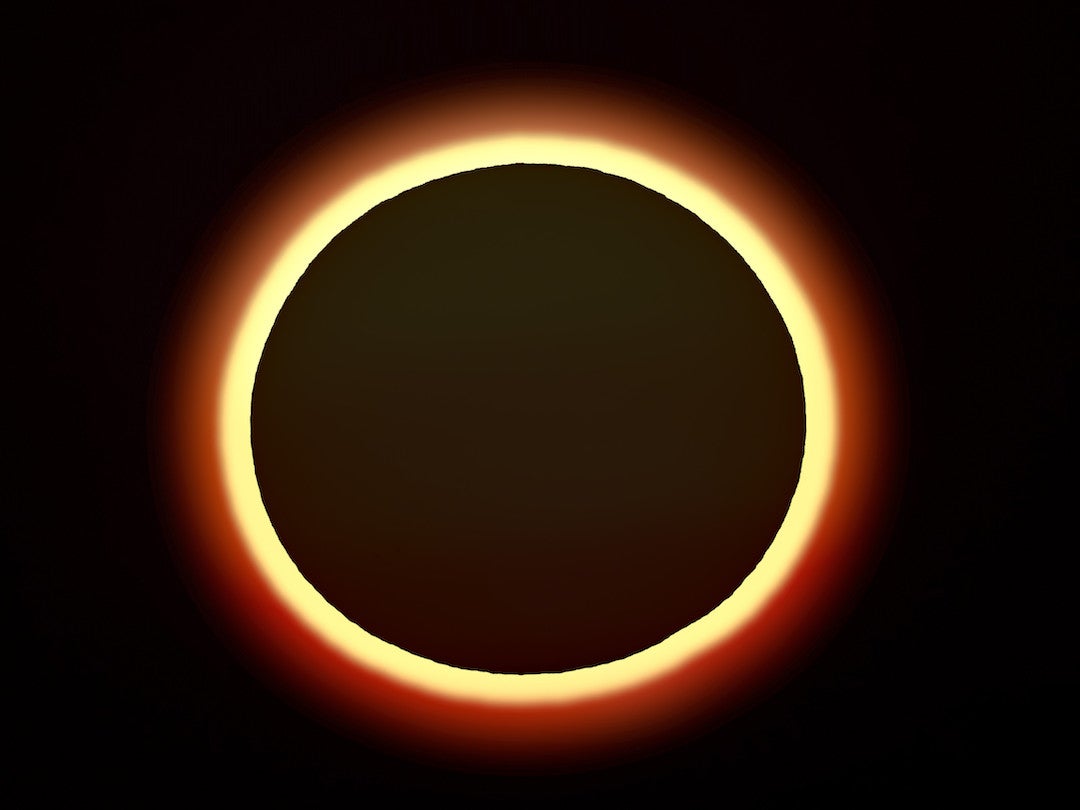Nationally recognized solar eclipse expert Patricia Reiff, Rice University professor of physics and astronomy and the associate director of outreach programs for the Rice Space Institute, offers tips on how to safely view the April 8 eclipse, which will be the last total solar eclipse in the contiguous U.S. for 20 years .
The path of totality will cross 15 states from Texas to Maine, including slivers of Tennessee and Michigan. The solar eclipse will begin in totality around 1:31 p.m. Central Standard Time and last 4 minutes and 26 seconds. Texas is considered an optimal viewing location because of its typically sunny weather and location in the path of totality where the sun will be totally eclipsed by the moon. Some cities with long durations of totality include Eagle Pass, Uvalde, Kerrville, Fredericksburg, Llano, Lampasas, Killeen, Waco, Sulphur Springs, and the southeastern suburbs of Dallas.
Reiff has personally viewed 20 eclipses around the world and has conducted numerous public talks, educational outreach and local and national media interviews on a variety of related topics. She is a regional coordinator for the Citizen Continental-America Telescope Eclipse 2024, a network of volunteer teams equipped and trained to capture videos of the sun’s corona — or atmosphere — during the April 8 total solar eclipse. Reiff oversees approximately a dozen sites in Texas, Arkansas and Oklahoma.

